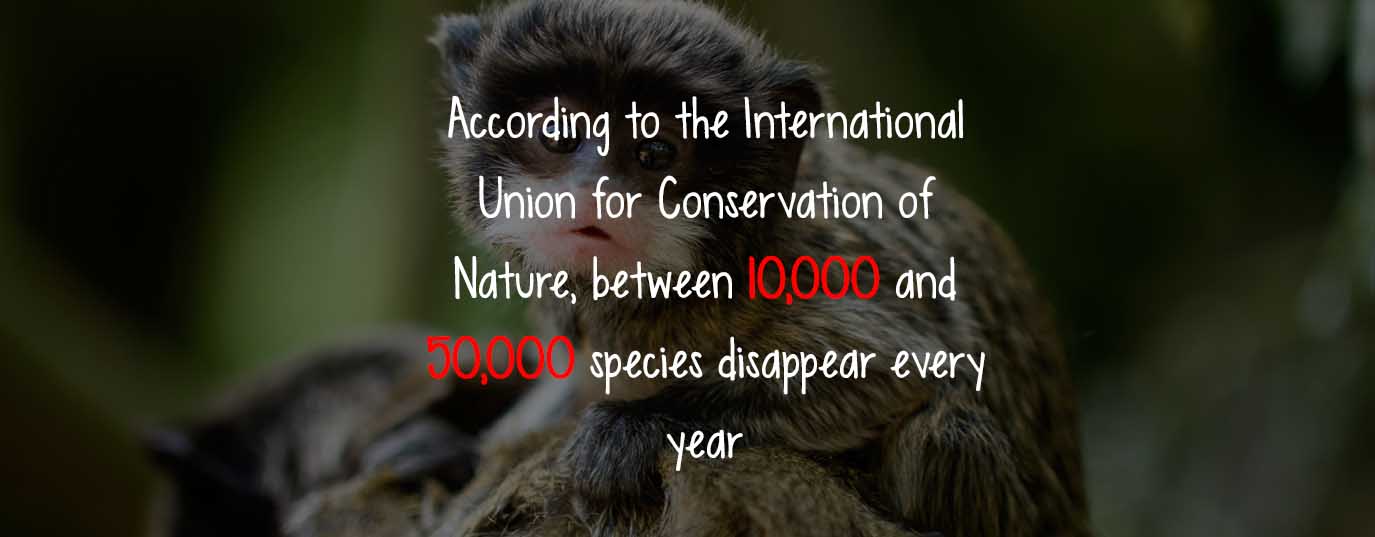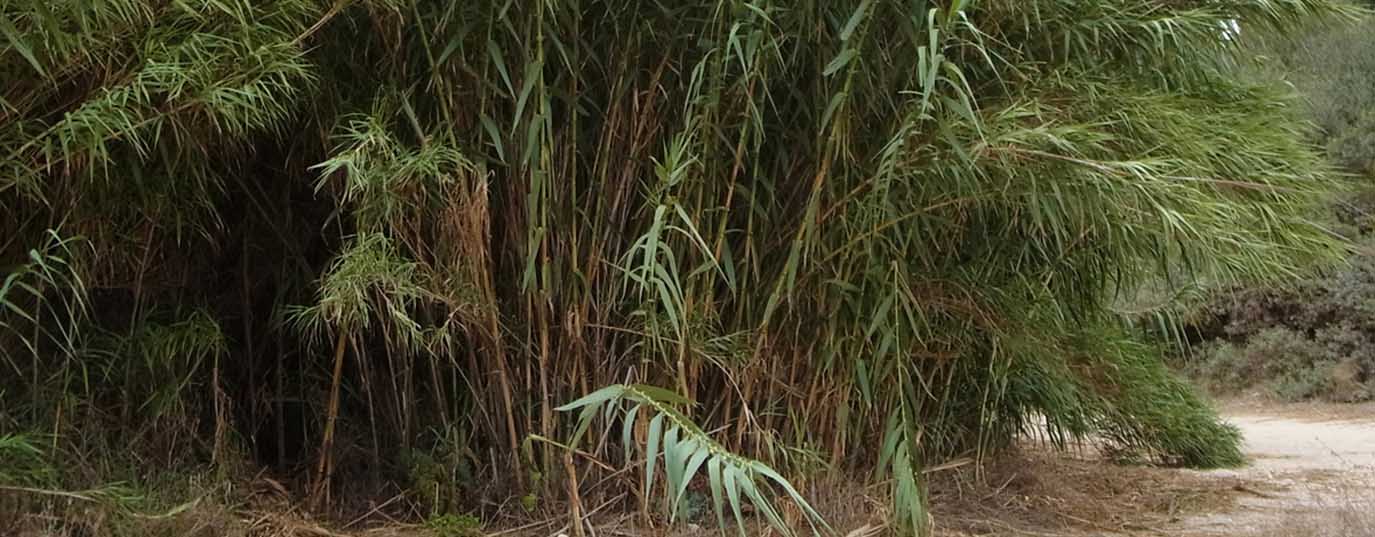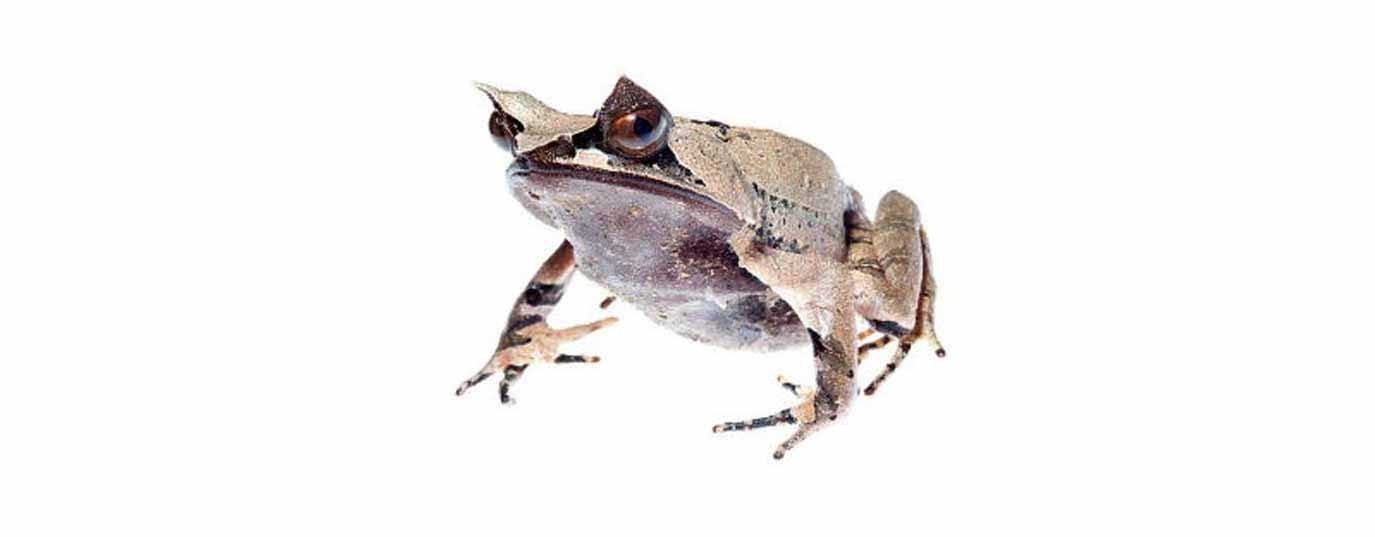Endemic species: why they are indispensable for biodiversity
What do Galapagos tortoises and Australian kangaroos have in common? They’re both endemic species.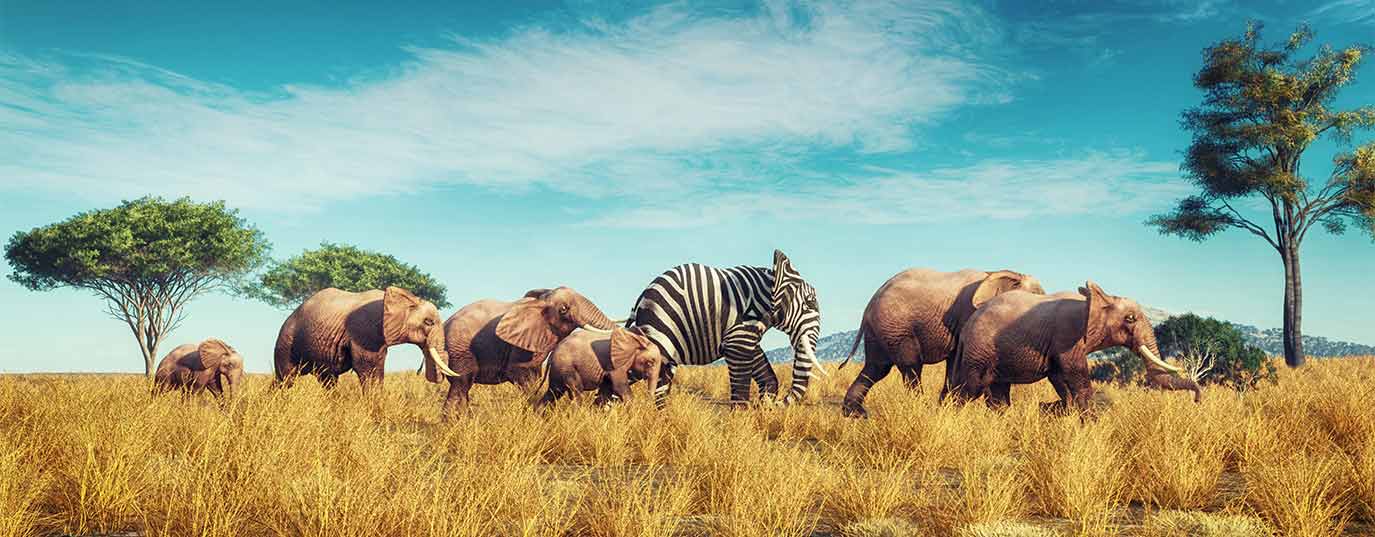
They are indispensable for the survival of biodiversity, they form part of the criteria for defining a megadiverse country and they’re found in very specific areas of the planet. Today we’re discussing endemic species.
What will I read about in this article?
What are endemic species?
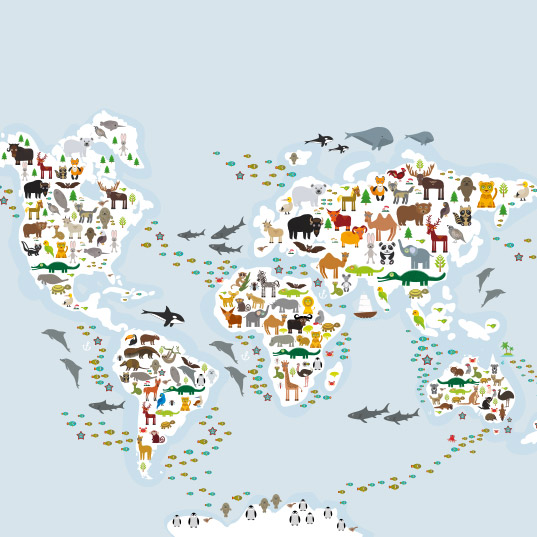 Endemic species are those found in only one region of the world. Their habitat is limited and restricted, and there are no other populations of the same species beyond those limits anywhere else in the world. For example, the kangaroo is endemic to Australia as it can only be found naturally there.
Endemic species are those found in only one region of the world. Their habitat is limited and restricted, and there are no other populations of the same species beyond those limits anywhere else in the world. For example, the kangaroo is endemic to Australia as it can only be found naturally there.
What defines a species as endemic?
Environmental pressure: there are species that are endemic to a tropical climate and can only survive in these particular environmental conditions, for example.
Geographical restrictions: if the location of the species' habitat is an island, a land space surrounded by sea, the species cannot expand beyond the limits marked by water. Not to be confused with native species, which are those native to a particular geographic location that, over time, have spread to other regions of the map.
The Galapagos Islands are famous not only for their paradisiacal beaches but also for their endemic species, including the world's only giant land tortoises, which inspired Darwin's theory of evolution.
"The kangaroo is endemic to Australia as it can only be found naturally there".
Types of endemic species
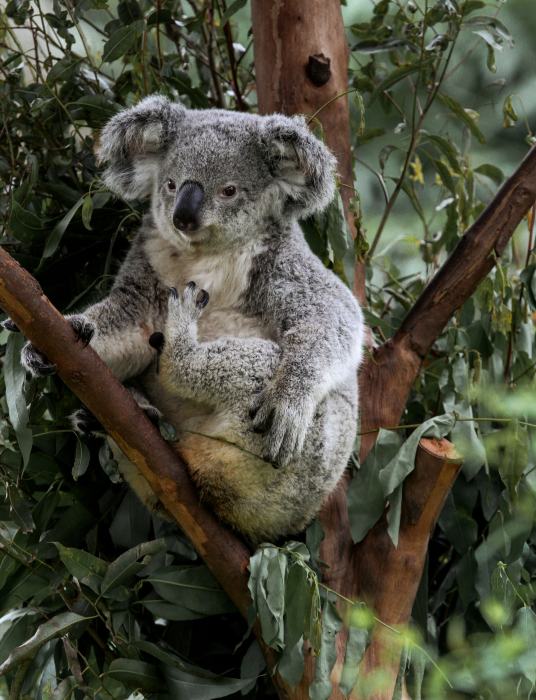 There are several ways in which a species can reach such a level of exclusivity that it can be, for example, present only in an area as restricted as a specific cave. And these ways are defined by different factors that are part of the natural history of the species.
There are several ways in which a species can reach such a level of exclusivity that it can be, for example, present only in an area as restricted as a specific cave. And these ways are defined by different factors that are part of the natural history of the species.
According to their evolutionary history:
- Neoendemism: these are species that have only recently evolved, and the restriction in their distribution is due to the fact that they have not yet had time to disperse further.
- Paleoendemisms: these are species with a long evolutionary history whose endemism is often due to geographical limitations, as is the case for islands.
- Endemic relict species: species that in the past were found in several parts of the world but extinction has limited their existence to a single specific area.
According to their territorial distribution:
- Microendemic: those species that are established in a specific area.
- Quasiendemic: species that exceed the limits of their specific area.
- Semi-demic: those that spend only part of the year in a specific area.
How important are endemic species for biodiversity?
There are 17 megadiverse countries in the world, accounting for 70 % of known species. The main criterion for assessing a country as megadiverse is its endemism, i.e., the number of species that live only in that territory. This is why it’s said that endemic animals are a thermometer of the state of health of a territory. It is for this reason that their protection against threats of extinction is fundamental.
"Endemic animals are a thermometer of the state of health of a territory".
Epidemic species are of vital importance for conserving and enriching the biodiversity of their geographical region. They ensure the proper functioning of the ecosystem services of the habitats they occupy.
But these are very vulnerable species because they depend on very specific natural conditions, or because they are restricted to very specific areas. If these areas are altered by humans or climatic events, they put the survival of the species at risk.
In this sense, any species is decisive. The carnivore depends on the herbivore and the herbivore depends on the plant. Therefore, any shocking ecological disturbance could lead to their collapse, the land would become barren and the area would become uninhabitable for any living thing.
Endemic species are another lesson from biodiversity about how every living thing has an essential role to play in sustaining the planet we all share.
Sources:



